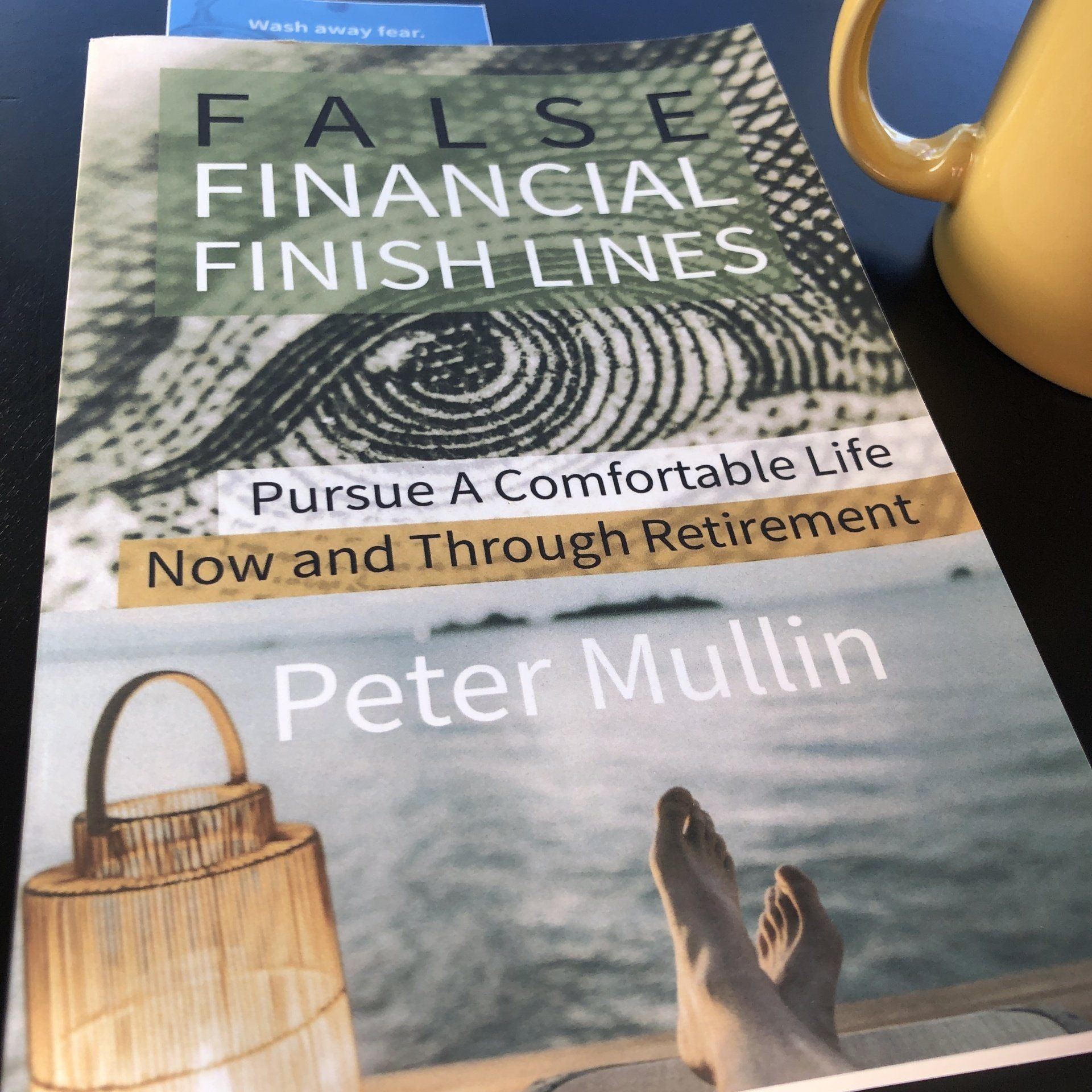Should you be taking less risk now? Age and risk

Should you be taking less risk now? Age and risk
Old school and prudent teaching suggests that an investor may benefit from reducing their risk as they get closer to retirement.
I have some questions about this. What if your retirement is 40 years long? What if you have a pension or simply may not be that dependent on your portfolio money?
Frankly, there are a lot of considerations that go into how much risk you may want to introduce to your portfolio. I do know that much of the teaching behind risk and investing according to risk tolerance has more to do with putting the odds of you sticking to your investment strategy more in your favor.
Morningstar is a great big company that provides a great deal of analysis, research, and resources to advisors and the public alike. They publish this report that shares how the average mutual fund did in a particular investment category. They share how that average investment did. Then they share how the average investor of that particular investment actually did. *As reported by Morningstar's, Mind the Gap, Global Investor Returns Show the Costs of Bad Timing Around the World (2017).
Guess what? The investor stinks. Why? Because they change when things feel uncertain or uncomfortable.
So what? Should you consider taking on more risk? Should you take less risk?
The answer depends on many things that you have going on. In practice, I also think it has to do with some professional intuition and history.
But it is possible that a 90-year-old and a 25-year-old may have similar amounts of risk in their portfolios. It all has to do with what youʼre investing for and how committed you are to a strategy.
Some key factors that you can answer are these:
- Are you willing to accept extreme short-term fluctuations in your portfolio?
- What is your portfolio for? College? Living in retirement?
- How long do you have to invest?
- And perhaps most importantly, how dependent will you be on this money?
Everybody's answers may vary. Every investorʼs circumstances are unique and subjective. So for this reason Iʼm not going to sound the Rule of Thumb trumpet. Any decisions you make ought to be tailored to you.
***
Peter Mullin is an LPL Financial, independent financial advisor. He serves the St. Cloud, MN area and Rogers, MN area and beyond.
The opinions voiced in this material are for general information only and are not intended to provide specific advice or recommendations for any individual.
Investing in mutual funds involves risk, including possible loss of principal. Past performance is no guarantee of future results. Indexes cannot be invested into directly.
Investing involves risk including loss of principal.
- Mullin's take on the "4% Retirement Rule"
- Navigate "Bad Portfolio Weather"
- Tips to Optimize Social Security







Articles and Assets
What are your Priorities?
Well it’s the end of the year. I just searched on Google for “market outlook 2018.” I came up with a little over 58-million “results.”
So should you be investing in stocks in 2018? The quick answer: It’s likely a prudent part of your portfolio. But it depends on your circumstances, right?
It’s apparently popular to throw your hat in the ring.
A mantra that you hear among disciplined professionals is to “stay the course.”
Then you hear “sell high, buy low.”
Who’s right?
The relief of a disciplined strategy is that it can be tailored to you. And tailor we think you should.
Yes, it’s possible that an investor may not utilize stocks in their portfolio at all. Or you may decide to go “all in” with a diversified stock portfolio.
(Side effects from tailoring a strategy may include increased confidence & persistence, apathy toward daily market reports, and increased focus on what really matters.)
Let’s begin with the “Why” of investing for you. Then you can request 15-minutes on the phone discuss your “how.”
So “Why Should You Invest”
Life changes and our “why” of investing ought to transform with life. Some invest for sport – they like the risk/reward of investing – they’re in it for the thrill. I don’t hang with this crowd.
Most of us ought to invest for things we want. Our money & our goals are serious. By investing in a diversified portfolio we can pursue things we want.
1. Living A Comfortable Retirement: Retirement is a noun. It’s up to you to really design and live a retirement that reflects you.
2. Purchasing a Home: Home is a place to live. It can take a down payment.
3. Passing an Inheritance on to Family:
4. Student Loan Shield: This idea is important for many Millennial graduates. Student loans can dominate your budget. But instead of accelerating those payments, what if you paid your required payments, and then invested the additional money that you were going to pay against your loan balance?
5. Emergency Reserves: You probably have read that it’s prudent to keep a relative healthy amount of cash in your checking/savings. Once you’ve achieved that, then you can consider investing additional funds. Go a step further and consider a non-retirement account for you and your house. You can spend this on cars, vacations or use it just as described in #4.
The Dow Jones has seen positive results, so far, in 2017. It’s unusual and sort of uncomfortable as the independent financial advisor. Why is it uncomfortable?
What would sting & linger longer? Finding $20 in the parking lot? Or finding a $20 parking fine on your windshield?
We’ve been finding a lot of metaphorical “$20’s” (i.e. “positive results”) in our portfolios this year. So the second we find a parking fine (or a few in a row) we’ll be sure to ask if stocks are still the right place to park our money.
Complacency can work against us, Dear Clients. Just keep recalling your long-haul strategy and your “why” of investing.
***
Peter Mullin is an independent financial advisor registered through LPL Financial. He lives in Rogers, MN with his family. He was born and raised in St. Cloud, MN. Mullin Wealth Management is located in Waite Park, MN.
The opinions voiced in this material are for general information only and are not intended to provide specific advice or recommendations for any individual.
Investing involves risk including loss of principal.
There is no guarantee that a diversified portfolio will enhance overall returns or outperform a non-diversified portfolio. Diversification does not protect against market risk.
All performance referenced is historical and is no guarantee of future results.
All indices are unmanaged and may not be invested into directly. No strategy assures success or protects against loss.







